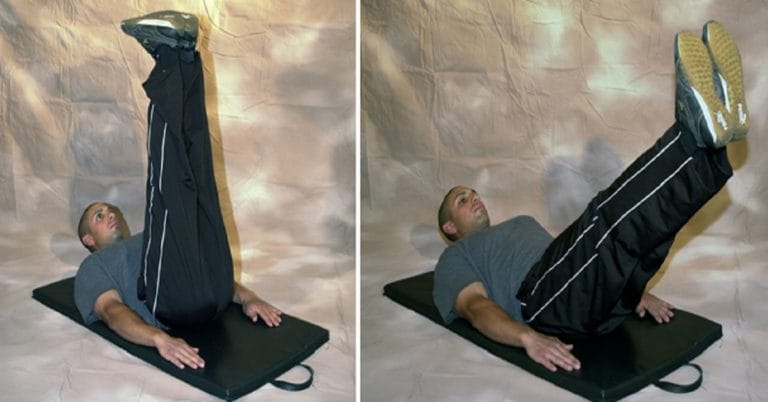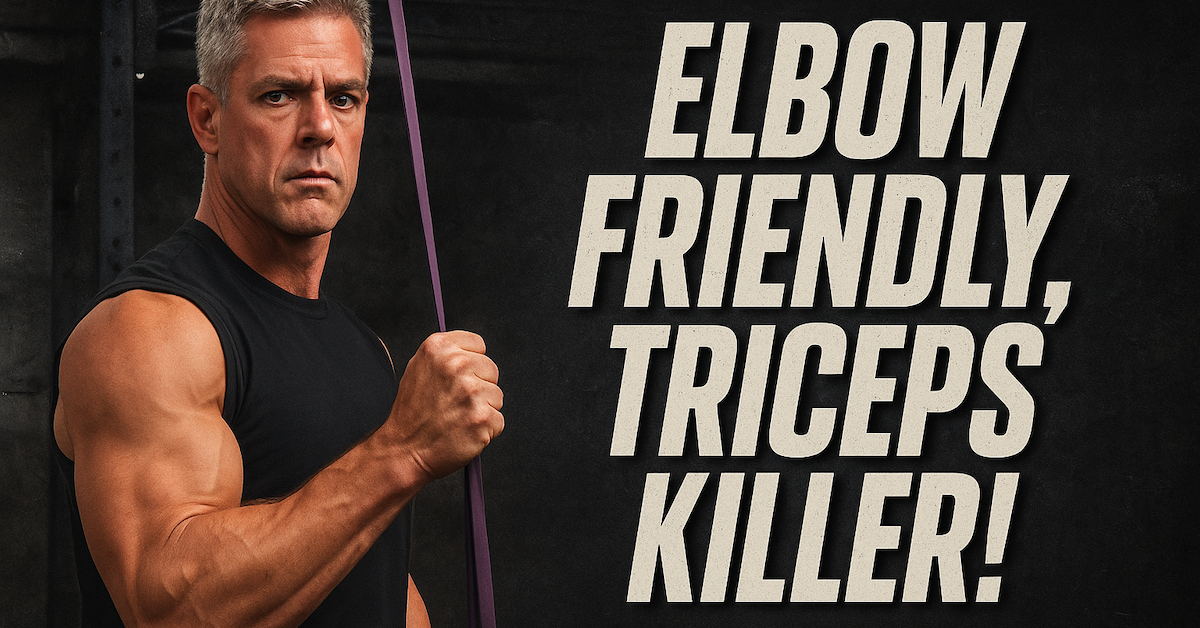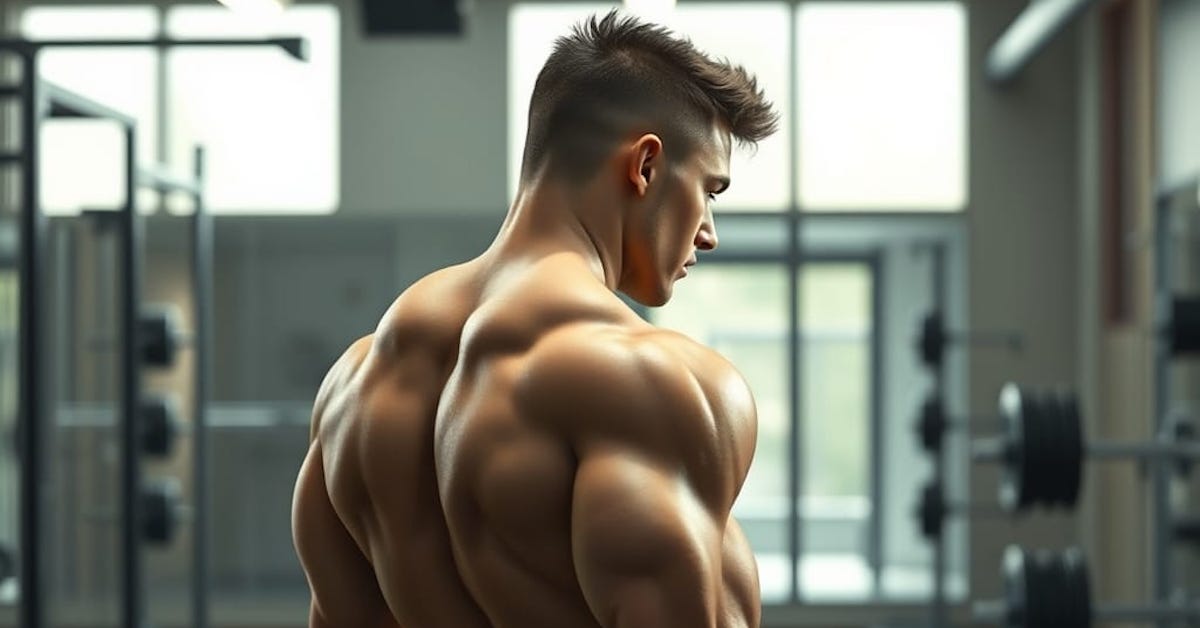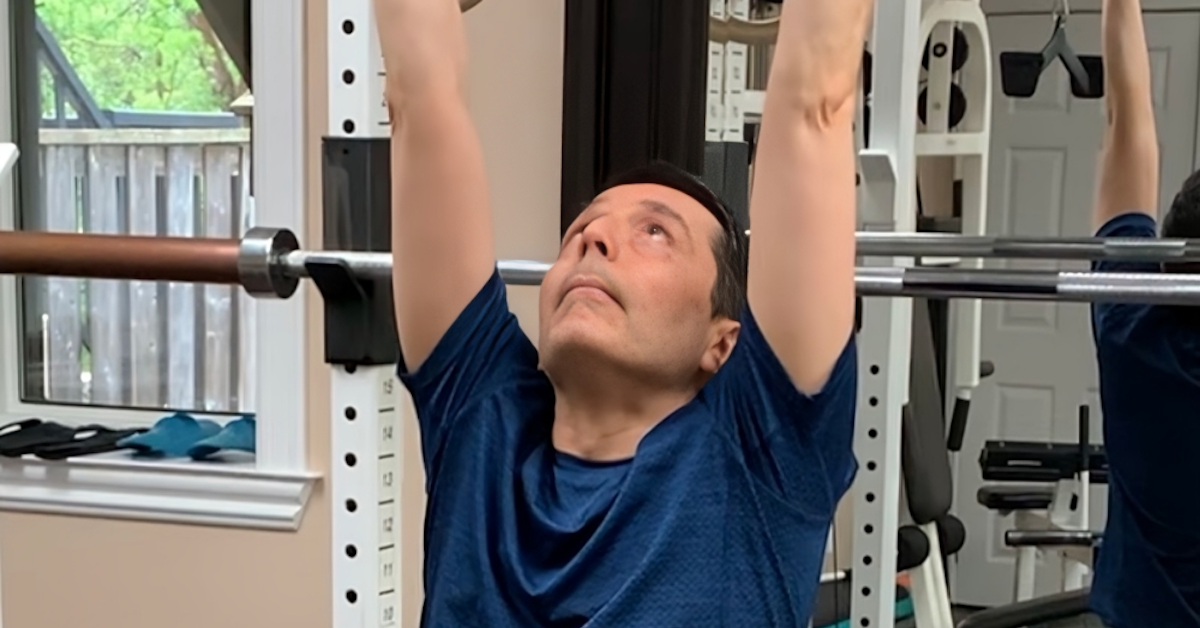Q: You’ve mentioned two-legged lowering in some of your programs. Is that the same as leg raises?
A: On the outside, it may look the same, but on the inside, it’s a whole different story! Believe it or not, starting from the top or bottom can alter the training effect.
If you perform a leg raise and start from the bottom, you’ll encourage hip flexor activity over abdominal activity—often at the expense of your lower back.
Try this instead:
- Pull your knees in toward your chest, then extend your legs upward.
- At this point, your lower back should flatten against the ground.
- Keep your spine pressed down and lower your legs under control.
- Your spine will dictate how far you go—do not allow your lower back to arch.
This will ensure that your lower abdominals, not your hip flexors, are doing most of the work.

Additional Tips:
Looking down during an exercise can cause your back to round. While that’s not ideal for a squat, it may actually help with abdominal work. Placing your chin on your chest can help flatten your lower back against the ground and reduce hip flexor involvement.
If performing the exercise off the ground (rather than on a decline bench), males should keep their arms to their sides, while females should interlock their fingers behind their head. Since women typically carry more weight below the waist, this adjustment helps counterbalance the movement.

Standing Band Pressdowns: The Joint-Friendly Triceps Builder
If you want bigger, stronger arms but struggle with elbow pain or can’t seem to get the right triceps activation

Target Your Rear Delts Like Never Before
If you’ve struggled to feel your rear delts working—or to fill in that rear delt gap—this variation of the bent-over

Leo’s Chin-Up Journey (Day 1): From Zero to Hero
Can’t Do a Chin-Up? Neither Could Leo… But That’s About to Change. Leo started training with me back in September.
follow
Error: No feed with the ID 2 found.
Please go to the Instagram Feed settings page to create a feed.
